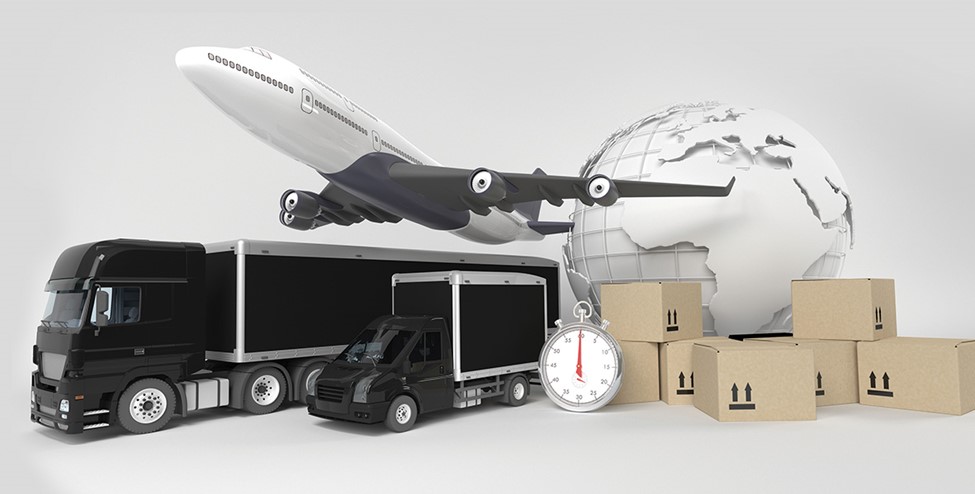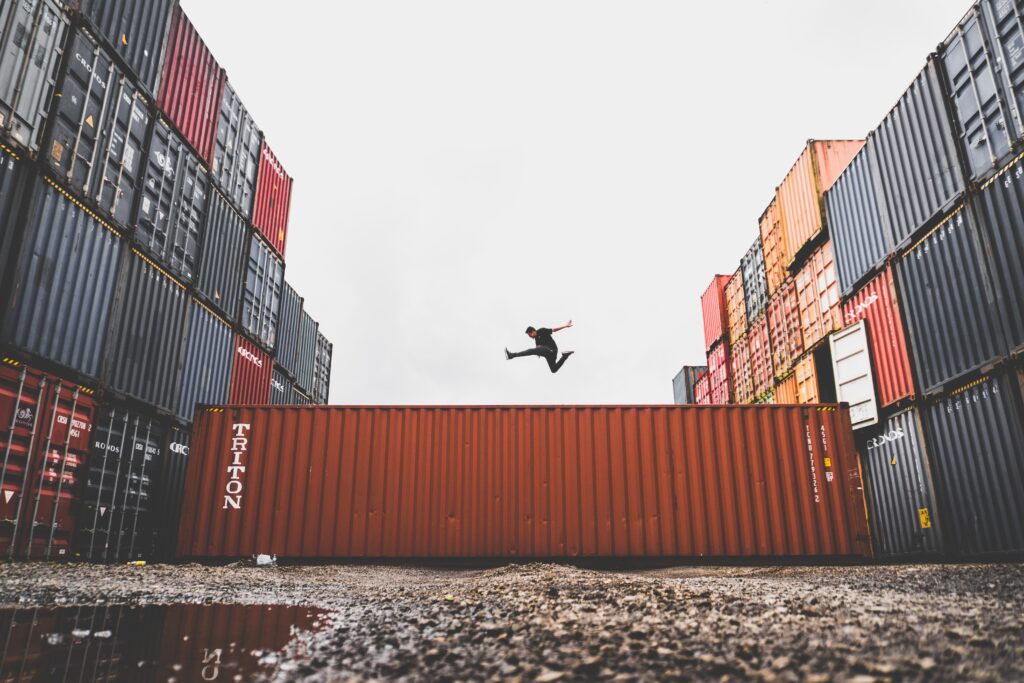For the past few years, Egypt has been in dire need of foreign currency inflows, leading the pound to officially lose almost half its value against the dollar from March 2022 to press time. However, EgCurrency, a digital platform reporting on black market rates for the pound against 18 foreign currencies, reported the rate at which dollars are bought and sold on the ground is around 73% higher than the Central Bank of Egypt’s (CBE).
For local companies, that is unsustainable. In an Op-Ed published in Shorouk News in February 2022, Mohamed Youssef, a principal researcher at UAE-based TRENDS Research & Advisory, said the sustainable solution is for local companies to increase exports or work on projects overseas, using those dollar revenues to cover local needs.
Local companies can find potentially lucrative opportunities to do business in Africa, as the continent remains the most underserved worldwide with optimistic economic growth prospects. “Six of the world’s 12 fastest-growing countries are in Africa,” said Ayodele Odusola, chief economist at the UN Development Programme Regional Bureau for Africa. “Investing in Africa is sound business and a sustainable corporate strategy.”
However, each African nation has unique entry barriers. That means companies need support from institutions like the African Export-Import Bank (Afreximbank) and the implementation of free trade deals, such as the African Continental Free Trade Agreement (AfCFTA). “Growth of Egyptian companies in Africa has been arbitrary,” says Ayman El Zoghby, director of Intra-Africa trade, investment and corporate finance at Afreximbank. “They must have a deliberate plan to capitalize on opportunities fully.”
Afreximbank
Founded in 1993, Afreximbank is a pan-African institution whose mission is “to stimulate a consistent expansion, diversification and development of African trade.”
To achieve that, the bank has expanded its mandate over the years. El Zoghby says it “evolved from being a trade finance bank to a commercial bank platform offering trade finance, project finance, syndications, agencies, advice, capital market finance, and export development finance.”
He says the bank’s capital is $7 billion and owns $34 billion in assets. Its financial statement for the first nine months of 2023 reported “interest income” increased by 91% compared to the same period the previous year. Net loans to African companies rose 8.2%, while non-performing ones remained unchanged from the first nine months of 2022, at 3.85% of the bank’s loan portfolio. Overall, Afreximbank saw net profits jump 62% throughout the reporting period.
Egypt’s construction companies, in particular, benefited the most from Afreximbank. El Zoghby said half of the $12 billion in projects it financed in the sector “went to Egyptian companies.”
He says the bank’s ultimate target is to increase intracontinental trade from the current 18% of total trade in Africa closer to 60%, which is what more-developed regions report. “Regional integration in Africa is historically low,” notes El Zoghby. “Some African nations are small and need regional integration to survive.”
One of the “significant problems” that Afreximbank attempts to overcome is that “most of the 52 African nations export raw material and import finished goods from outside Africa as the continent’s manufacturing capacity is low,” says El Zoghby.
Another problem is the lack of accurate and timely market data published for African investors and businesses. “That means people in Egypt don’t know what Nigerians want, and vice versa,” says El Zoghby. “We are trying to bring African markets together by offering business-to-business and business-to-government matchmaking and market intelligence to give a clear picture of what each nation wants.”
He also noted the lack of a unified transport infrastructure among all African nations may be a problem to regional integration, “but it is not the main obstacle.”
Egypt in Africa
One of the first Egyptian companies to enter African markets was Elsewedy Electric Group. They have been in the continent since 1998, starting with a Sudan facility that produces wires, cables and transformers. Mohamed Atef, the group’s Africa chief commercial officer, says the company now has 31 facilities in eight African nations.
El Sewedy Electric Group also has commercial operations in Africa. “We have six hubs, each serving a region,” says Atef. There is one for North and West Africa and the Francophone region. Another serves Central Africa, a third for Sub-Saharan nations, and three more doing business in Nigeria, South Africa, Tanzania, and their neighbors. According to Atef, Elsewedy Electric Group has about “1,000 project management and execution projects in Africa.”
Key to the company’s success is it offers a diverse range of products and services, all related to infrastructure. The company’s “dynamism” has enabled it to bid and win a diverse range of projects, including laying fiber optic cables, executing green energy projects, building the first five-star hotel in Comoros in East Africa and upgrading Togo’s utility company with digital solutions and supplying them with 250,000 electric meters, “bringing the company from the brink of bankruptcy to profitability,” says Atef.
Despite those successes, Atef says there are challenges with each project. “Domestic politics makes everything slower than normal,” he notes. “The other issue is we must understand each region’s, and each country’s, culture and priorities, and tailor a financing solution for each project.”
Free trade imperative
Atef says Elsewedy Electric Group’s operations in Africa benefited greatly from the various free trade agreements signed over the years between countries operating in the region, such as “COMESA, SADC, and EcoWes.”
He says AfCFTA, brokered in 2018 but not yet fully implemented, will be a “game changer. It is the largest in the world in terms of the number of countries it includes (52) and total population (1.3 billion), with a total GDP of $3.5 trillion.”
He expects it to increase “intra-Africa trade by 50% by 2035, creating 17 million jobs across the continent. There will be a lot of development projects in the coming years.”
However, El Zoghby warns implementing AfCFTA like any other free trade agreement could backfire. “Applying the deal without any protections will likely mean a lot of suffering for smaller African nations, and even some bigger ones,” he says. “The first problem is that almost all African nations rely on customs and tax income as part of national revenue, and not as a trade policy tool to regulate imports and exports, like what happens in more advanced nations.”
The other challenge to the free implementation of AfCFTA is that most African companies are small and less sophisticated than their counterparts in countries like Egypt or South Africa. Accordingly, they need protection until they upskill their workers, improve technology and build capacity to cope with increased competition from outside their borders. “We have allocated a $1 billion ‘adjustment facility’ to be leveraged to $8 billion for AfCFTA to solve any implementation fallouts,” El Zoghby says.
He believes that Egyptian companies are well-positioned to benefit from all that potential. “The country has a solid industrial base and capable companies with strong track records,” El Zoghby says. “They just need to adopt a bullish attitude on Africa and seek partnerships with organizations like Afreximbank and local companies.”







